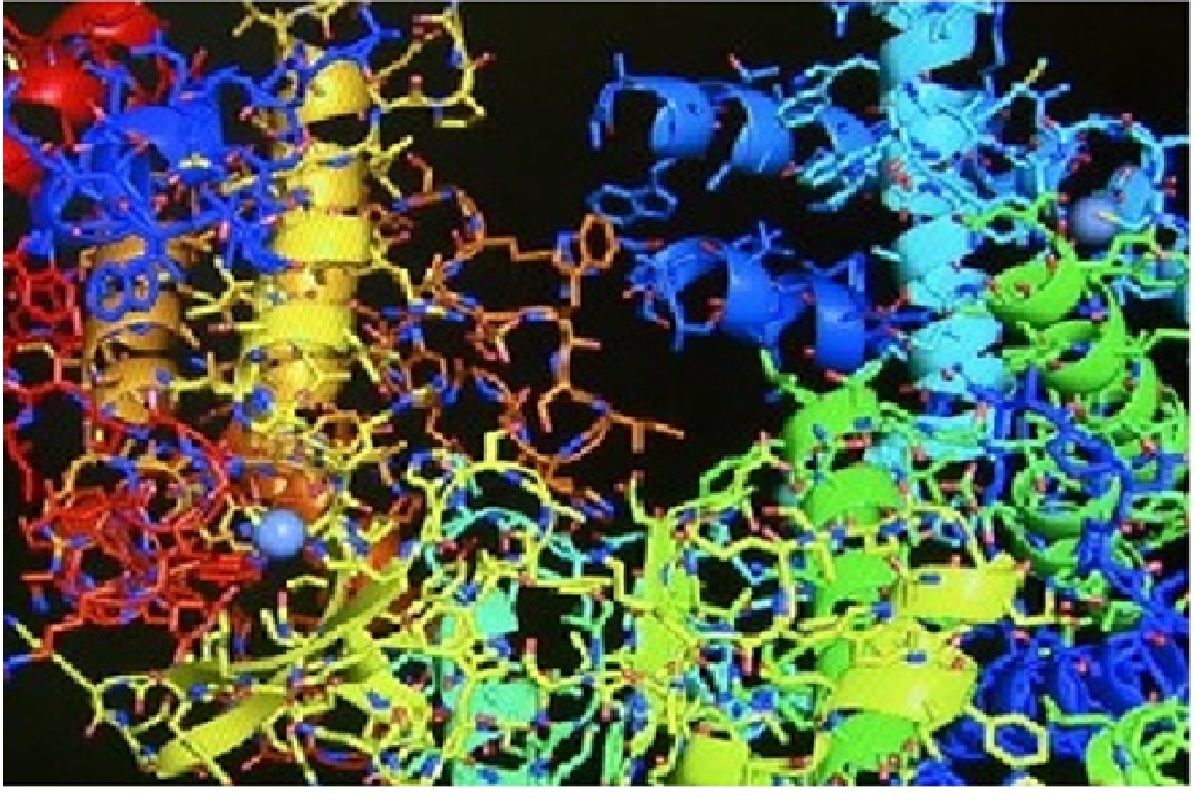Source: g1.globo.com São Carlos e Araraquara
The team from São Carlos (SP) has already been able to identify protein structure. Next stage is to find out which molecules are capable of rendering it inactive.
Researchers at the University of São Paulo (USP), São Carlos campus, develop a drug to prevent the multiplication of the zika virus in the body. The team has already been able to identify the structure of the virus’s main protein, transmitted by the Aedes aegypti mosquito, and now they studies which molecules are capable to become it inactive. At the Federal University of São Carlos (UFSCar), researchers use a substance present in saffron to kill the larvae.
 Last year, Aedes aegypti made several victims in the region. Araras faced an epidemic of dengue, with 412 cases, and three occurrences of chikungunya. In Rio Claro, there were 91 cases of dengue fever and 10 cases of chikungunya. São Carlos recorded 458 cases of dengue and Araraquara had 1,827 occurrences of the disease. Four people had chikungunya and 145 were victims of zika.
Last year, Aedes aegypti made several victims in the region. Araras faced an epidemic of dengue, with 412 cases, and three occurrences of chikungunya. In Rio Claro, there were 91 cases of dengue fever and 10 cases of chikungunya. São Carlos recorded 458 cases of dengue and Araraquara had 1,827 occurrences of the disease. Four people had chikungunya and 145 were victims of zika.
Advances
The team work of the Center for Research and Innovation in Biodiversity and Drugs Discovery (CIBFar) of USP is still in its initial phase, but it is already represents an advance.
“Now we are going to the stage that will be very long, to find molecules that can fit in this protein to eventually block its functioning. There is a huge concern about this disease, especially for its unexpected and now devastating neurological impacts, “said Professor Glaucius Oliva, coordinator of CIBFar.
Researchers used digital modeling techniques for predictions (Photo: Rodrigo Sargaço / EPTV)

Analyzes
Based on the genome information of the virus, the researchers used digital modeling techniques to make predictions about the structure of the proteins that compose the pathogen. From the ten genes, they have reached 16 constructs, including complete proteins and domains that may be targets for inactivation.
The next stage of the project involved genetic engineering techniques: the zika genes were cloned and inserted into bacteria, a technique often used in research. In this way, bacteria started to produce viral proteins, which can then be purified and analyzed.
In one step of the research completed a few weeks ago, scientists were able to evaluate with precision the structure of a protein that is essential for the multiplication of the zika virus, called RNA polymerase. Present in the process of viral replication, this enzyme is responsible for producing copies of the genetic material of the pathogen.
Among other characteristics, the study revealed that the zika RNA polymerase format is quite different from that of the dengue virus RNA polymerase, which necessitates a specific antiviral.
See full article on the link:





